How This One Region of the U.S. Has Kept African Craft Traditions Alive for Over 400 Years
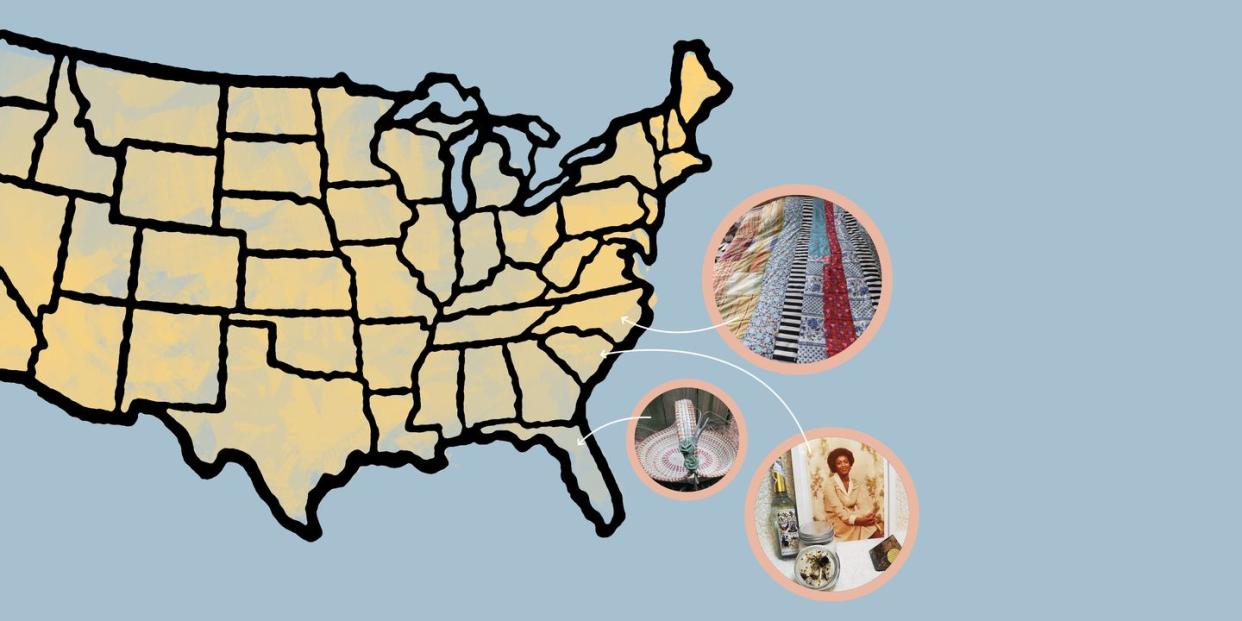
“Hearst Magazines and Verizon Media may earn commission or revenue on some items through the links below.”
The Gullah Geechee Cultural Heritage corridor, along the south east coast of the United States, is one of America’s richest landscapes for artistic tradition. African-Americans who identify as Gullah Geechee are descendants of enslaved Africans who principally toiled in the rice patties and indigo plantations of the Low Country, Sea Islands, and the 12,000 square mile stretch between Pender County, North Carolina and St. John’s County, Florida.
For over 400 years, their geographic isolation was often used against them as a badge of backwardness and a symbol of shame in a modernizing America, but cultural historians and researchers have increasingly come to appreciate the impressive retention here of African customs from West African countries like Ghana, Sierra Leone, Guinea, and Liberia. While Gullah language and lowcountry cuisine have been touted as the best examples of this amalgam, the region's craft work is equally as historic—and wonderfully aesthetically unique. Women, in particular, have ensured the continual production of Gullah Geechee utilitarian art items, like baskets and quilts, by shifting sales from roadside stalls and community fairs to the ecommerce market. These four modern craftswomen share how they inherited their skills from female elders, who still influence their entrepreneurial crafts today.
Quilting
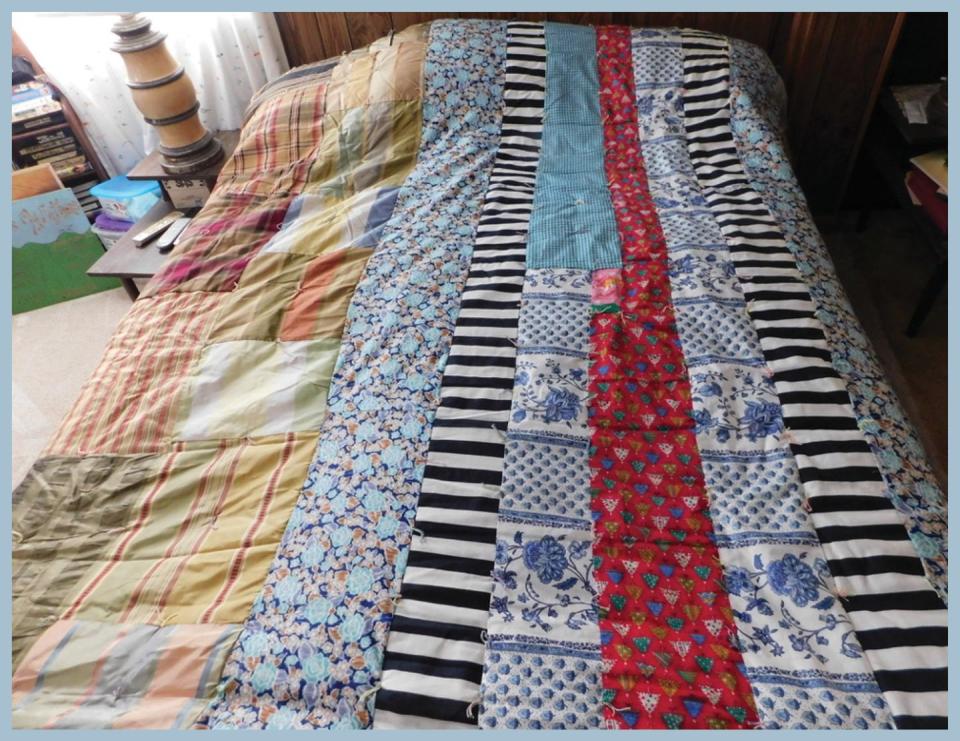
Queen Quet is known as the Chieftess of the Gullah Geechee Nation, which was established in 2000 with a ‘state in a state’ mandate to preserve the cultural heritage of the lands inhabited by Gullah Geechee people. In addition to being a public speaker and historical expert, Queen Quet is also a quiltmaker. Her family has owned the same land in Beaufort County, South Carolina since the mid 1800s, making her a fixture in the community.
She started making quilts with her mother, Carolee Holmes Brown, who in turn learned from her mother. Their family company, Holmes Heritage Quilts, sells quilts “made entirely by hand, the same way our family has been making them for at least four generations," says Queen Quet. The company is also known for producing rare double-sided quilts.
But their most famous commission? Four king size quilts which the mother-daughter team crafted together in just 10 days for The Patriot, featuring Mel Gibson. “You see our quilt prominently in the film. That made the effort worthwhile,” says Queen Quet. "Collectors and people that want to truly support keeping this art alive greatly appreciate the effort and time that go into making the quilts and they are willing to invest in them.”
When asked how her quilts have been sold all around the world, she says, “Many are owned by celebrities and native Gullah/Geechees that live away from home that want to feel home where they are. The online sales make it easy for them to get access to the items.” Given that she has a busy schedule with film consultations and international conferences, I inquired how she still has the time to quilt. The artivist firmly replied: “We have passed the tradition on to the next generation and expect them to continue to carry it on."
Basket Weaving
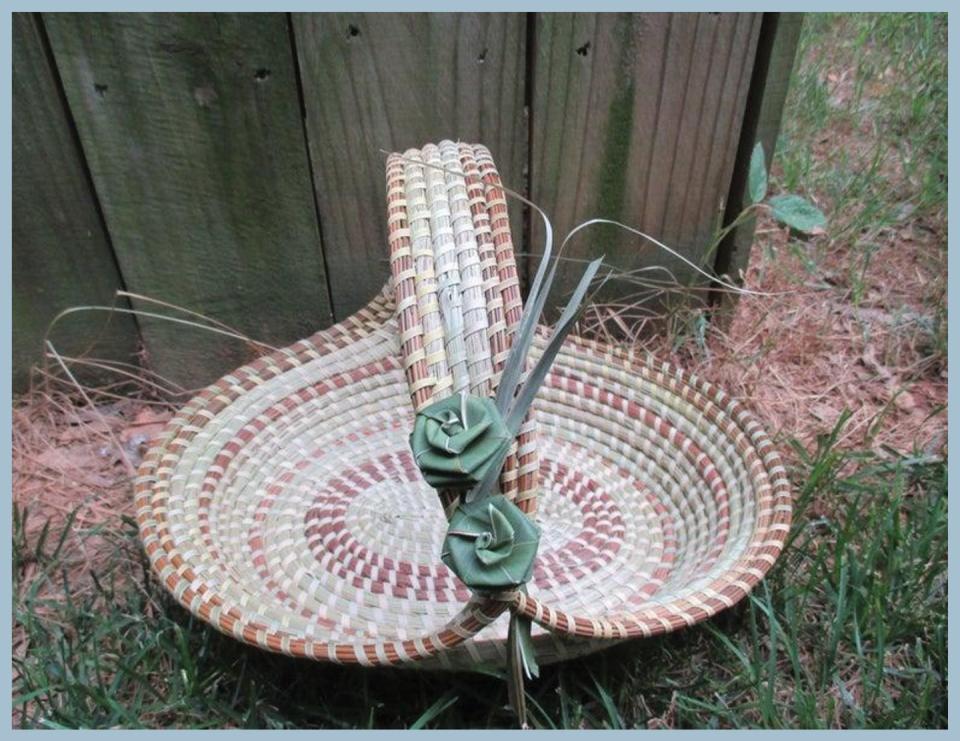
Delores & Dionne Jones are the sisters behind D’sweetgrass Basketry, a crafting legacy inherited from their mother. “Normally, this artistry is passed down from generation to generation, from Mother to child. I observed my Mother creating the Sweetgrass baskets and on a whim I decided to try it,” said Delores. “My mother saw that I didn’t give up with making the baskets and started creating more baskets in front of me. I imitated what I saw and became more skilled.”
Basket weaving is an ancient skill that can be found around the world, but Gullah Geechee baskets are unique for their use of sweetgrass, a fragrant plant indigenous to North America and West Africa that is said to be both sacred and medicinal. The sturdy marsh grass has been used in the Low Country for hundreds of years, as part of an ecosystem of agricultural labor.
“Sweetgrass baskets represent utilitarian jobs, such as harvesting rice and fruit. However, sweetgrass baskets also represent biblical history,” explains Delores. "Bulrush, another name for the darker marsh grass material used in sweetgrass baskets, was used for centuries, including with baby Moses in the Bible."
When people seek sweetgrass baskets on Etsy today, they are often looking for a unique home accent or a rustic wedding embellishment. The Jones’s baskets are often offset with palmetto rose designs, adding another layer of southern charm.
Although these weavings are made with simple materials, turning vegetation into an ornament is truly hard work. A five inch wreath can take a few hours, a small bread basket could take the whole day. The most ornate baskets take at least a week, and a bassinet can be months in the making. Their growth online has really facilitated the Jones sisters reaching a more discerning buyer, who seeks custom orders and a specific decorative style.
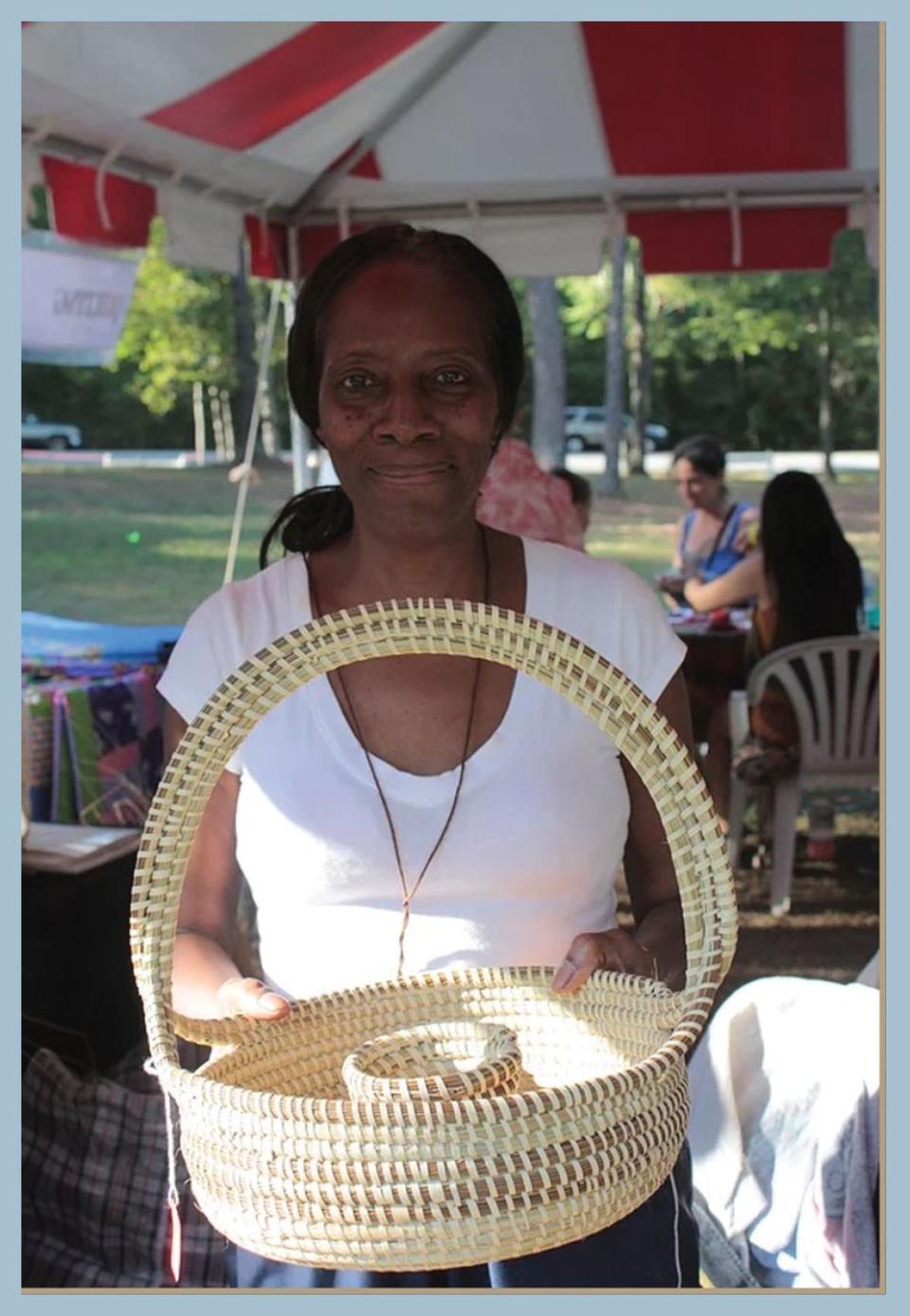
The tradition of sweetgrass baskets is firmly preserved around Charleston, South Carolina (just look at the work of Mary Jackson, which has been exhibited as far as the Vatican), but many who have learned the craft have moved to other parts of the U.S. and continue to carry the culture with them. Rebecca Gilliard has taken to Etsy to expand her reach. Now residing in the Atlanta-area, Gilliard goes to local crafts fairs and festivals to demonstrate basketmaking. This teaching element has made her a standout among other online vendors who have principally focused on the product, not the process, of their art. Her next appearance will be this October at the Athens Folk Festival, which will be virtual this year.
Gilliard learned how to make baskets from her aunt when she was only ten years old, but she didn’t pick it back up until she was in her 20s. Since then, she has persisted in the heritage craft and has made a business of teaching people how important it is to preserve. She has a growing online following through her newsletter, which helps her fans track her travels. When asked why she still does this work, she says “I love making these baskets because of what they represent, and whom they represent: Us, Our Ancestors, of the past generations. Some folks collect them as a treasure, and some collect them for different purposes. Whatever the reason, a basket will highlight any interior of any home, as a wonderful masterpiece.”
Candlemaking
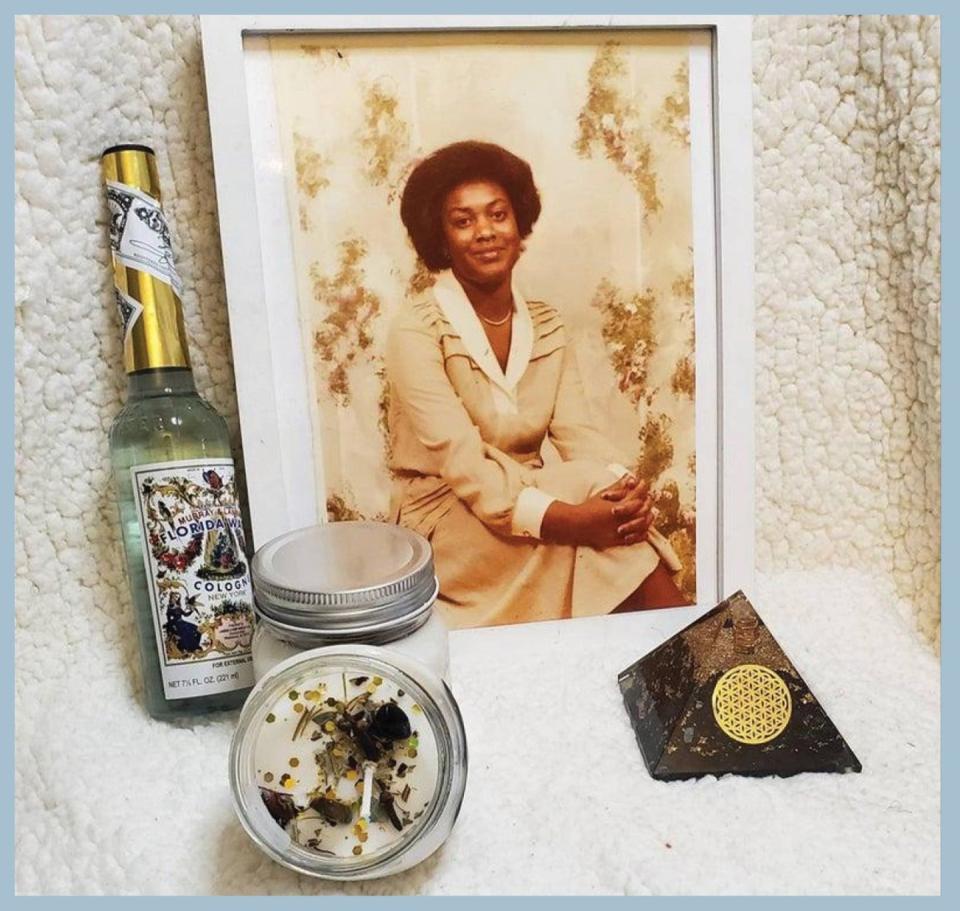
Shameka Long is an U.S. army veteran who was born in Georgetown, South Carolina. Her travels took her all over the world and now she resides in Seattle, Washington, but she remains true to her maternal roots in South Carolina through her online storeThe Gullah Witch, which sells handcrafted manifestation candles and spiritual baths. “Lowcountry Hoodoo” is this region’s imprint of colonial-era witchcraft that was known all along America’s Atlantic seaboard from the Salem Witch trials to New Orleans Voodoo.
Whether by faith or magic, Gullah Geechee communities believe in the occult and combined power of ancestry, astrology, and nature. Long explains, “I come from a long line of root workers; our craft is a mixture of West African spirituality, Indigenous nature and astrology, and European Christianity. All my knowledge was handed down to me by my ancestors. I make my products with kitchen and garden herbs, crystals, prayer, nature, and astrology.”
After losing her own mother at the tender age of six, Long picked up spiritual healing by closely watching her mother’s mother practice the art. Her calling has, of course, been simplified and mainstreamed by self-care vendors, many of whom rely upon candles, oils, and bath products to offer stress-relief. But the reason why these particular items—and not others, like soaps or sands—are part of a mystical healing routine is because they have a proven historical connection with divination. While Long wouldn’t classify her sales as decorative, there’s no reason not to. Like the other utilitarian crafts of baskets and blankets, spiritual tools are both visually appealing and purpose-driven.
Candles have now become a beautifying staple in modern homes, but like the nine pure flames of a menorah or votives at an altar, they can have a much more divine purpose. Long’s grandmother taught her to think of them as tools that aid with manifestation, prosperity, protection, health, and wellness. She suggests coupling her obsidian toppled candles with sage and Florida water to release beautiful scents, as well as to activate cleansing energy and positive vibes in any space.
Follow House Beautiful on Instagram.
Nafeesah Allen is an independent researcher with an interest in literature, gender, and diaspora studies in the global South. In 2019, she completed her Ph.D. in Forced Migration from the University of the Witwatersrand (Wits) in Johannesburg, South Africa. She leads BlackHistoryBookshelf.com, a book review website that highlights global Black histories organized by language, theme, and country. Follow her on Twitter or Instagram @theblaxpat.
You Might Also Like

